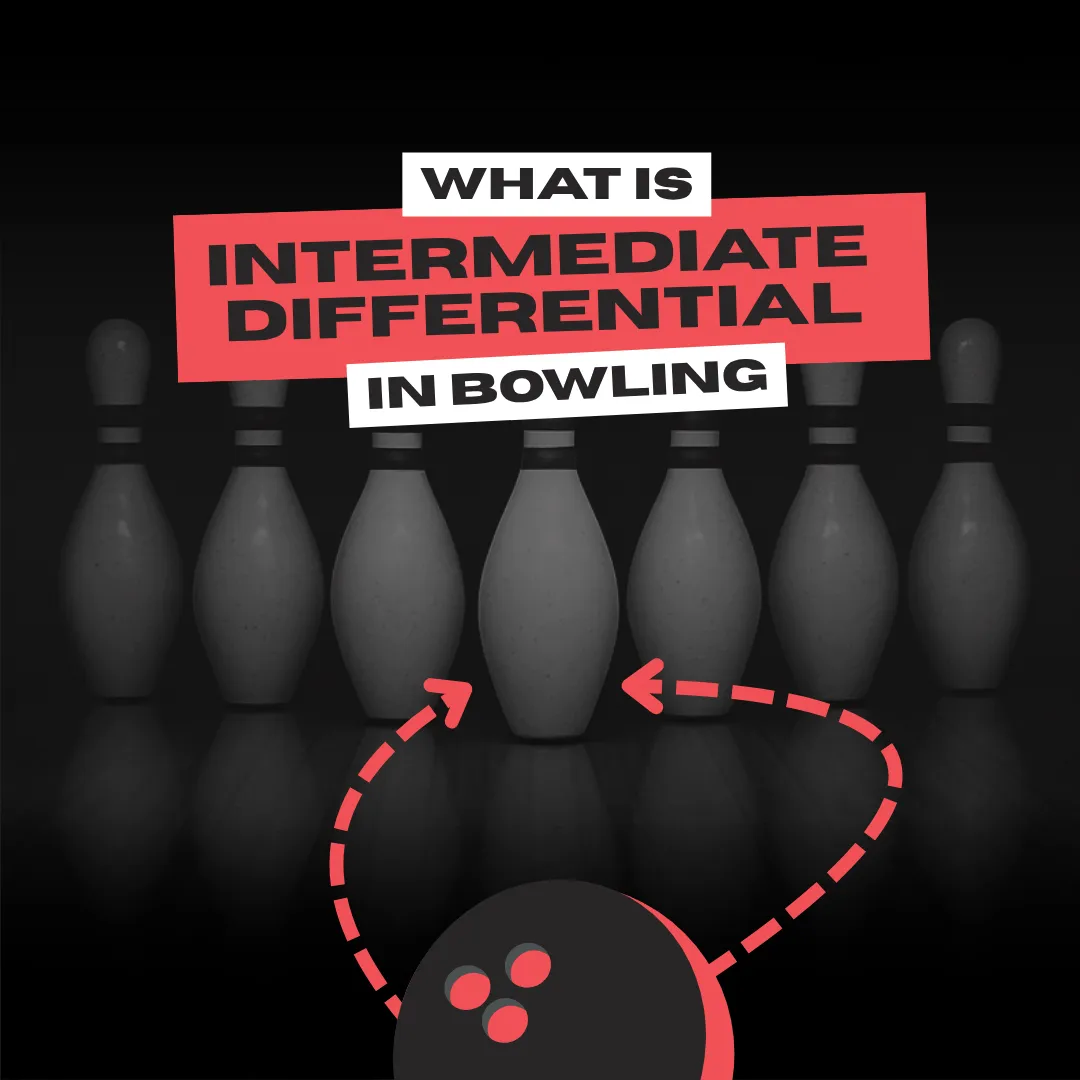Alright, you already have your spot at the arrows. You are comfortable there and know which ball to use to get most of the strikes. But do you know where your bowling ball must be at the breakpoint or exit point? More importantly - do you know where it must be depending on the oil pattern you bowl? Knowing where to start your game can be crucial. That is where the rule of 31 comes in handy.
Before digging into the rule of 31, let's define some basics about oil patterns to be on the same page throughout the article.
Oil patterns
Every lane is applied with oil. Oil is not just spilled on the lane...well, OK, sometimes it is spilled...expensive machines can apply oil in different patterns, maintaining every lane board differently. Oil patterns are depicted in pattern sheets. If you ever had a glimpse, you've noticed that lots of science are going on there. For entry-level/mid-level bowlers, knowing where to find two main components to start with is essential. You'll find 'Oil Pattern Distance' and 'Volume Oil Total' at the top of the lane sheet. Knowing these two components will help you quickly determine which bowling ball to use and where the bowling ball will hook at the breakpoint.
Breakpoint and exit point
Every oil pattern has a breakpoint. A breakpoint is a spot where the bowling ball is most distant from the pocket before changing direction and moving toward the pin. A breakpoint spot usually stands a few feet down the lane from the exit point, where the oil pattern distance ends.
Distance of oil patterns
The standard bowling ball lane is 60 feet long, but not all of it is applied with oil. There is always a dry part of the lane where the bowling ball reacts and 'hooks' to the pins. The rest of the lane is covered in oil. Every player, organizer, or federation understands oil pattern distance differently. Still, the oil pattern distance can be categorized as either short (35 feet or less), medium (between 36-42 feet), or long (43 feet or longer).
The Rule of 31
Now, when we are all on the same page, we can discuss implementing the rule of 31 into your next game. This rule is nothing new in bowling sport. Many professionals use it even in the highest level competitions. How does it work? Well, as you know, standing in the same spot and trying the same line won't work on the different lengths of oil patterns. It means you must know at which board your exit point must be to have the best breakpoint for knocking down as many pins as possible.
The whole secret of this rule is to subtract 31 from the Oil Pattern Distance found in the pattern sheet.
The result gives you an approximate board where your ball should be exiting the oil. Let's say you're shooting on a pattern that is 42 feet long. To apply the rule of 31, you'll take 42 and subtract 31, having 11. Therefore, you want your ball to be at the 11th board at the end of the oil. As this rule works best for medium oil patterns, it can also be used for shorter and longer patterns.
Few things to keep in mind
Nothing is definite, but this is an excellent procedure for finding the correct area to start and then making adjustments based on your ball reaction. When applying this rule, we noticed that on shorter patterns, it is better to keep the ball more left from the given outcome of subtraction, while on longer patterns, it is better to keep it more right. This rule is not perfect. It depends on many other factors like lanes themselves, humidity, ball speed, rotation, etc. But it is simple to use, can give you an advantage and a starting point to begin your game with.
It's like a secret for more strikes none of the other bowlers ever told you about. We hope it will improve your game.




